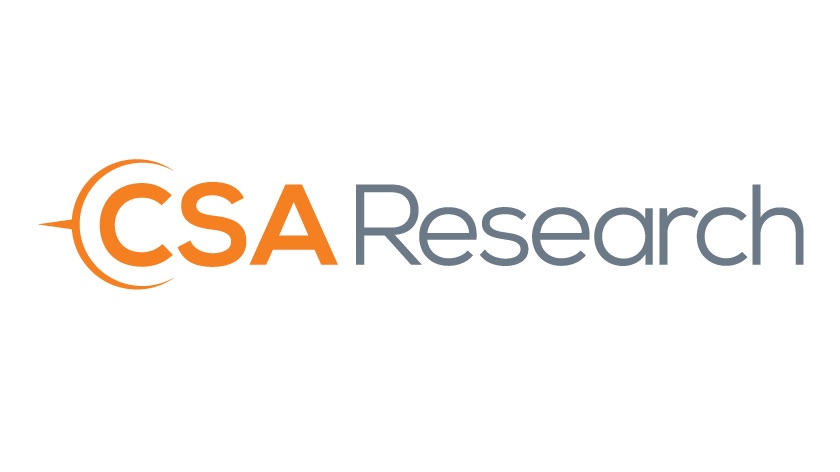The move to more inclusive language to deliver content that does not exclude people on the grounds of gender, race, class, sexuality, disability, or any other criteria, is changing how companies and organizations communicate. Many large businesses have already defined their diversity, equity, and inclusion (DEI) strategy, but what does that mean when it comes to global business, or for local multicultural communities?
Language is alive, but some changes raise more challenges than others. For example, translating a company’s newly inclusive content to other languages can be tricky. Gendered languages, such as French and Polish, do not have neutral pronouns for humans, and each noun has its own gender, meaning that a collective noun often implies males-only.
“If a company’s core ethics and values are to be shared worldwide, a solution for translating content must be in place – both for company-specific content and for industry-wide terminology,” comments Alison Toon, senior analyst, CSA Research. “The words you use to describe your company, brand, products or services, as well as their users, when recruiting and with your employees, must create a safe, neutral space where everyone feels welcome.”
To help global businesses and organizations address the issues of inclusion in different languages, countries, and cultures, independent market research firm CSA Research has published the report “Inclusive Language: How to Ensure That Your Global Content Shows Respect and Dignity to Your Audience.”
The report, which is part of a research membership, examines:
- Why inclusive language is necessary
- Inclusivity in English as a source language
- Challenges with all target languages
- Issues for eight target languages
- A structured approach to inclusive language on a global scale, including recommendations

